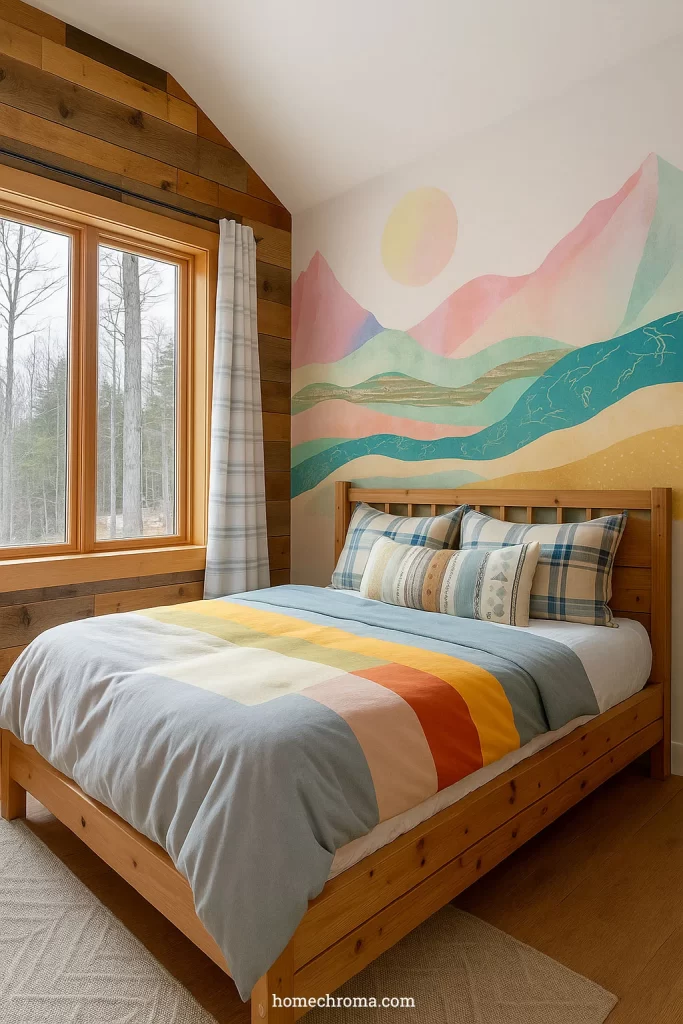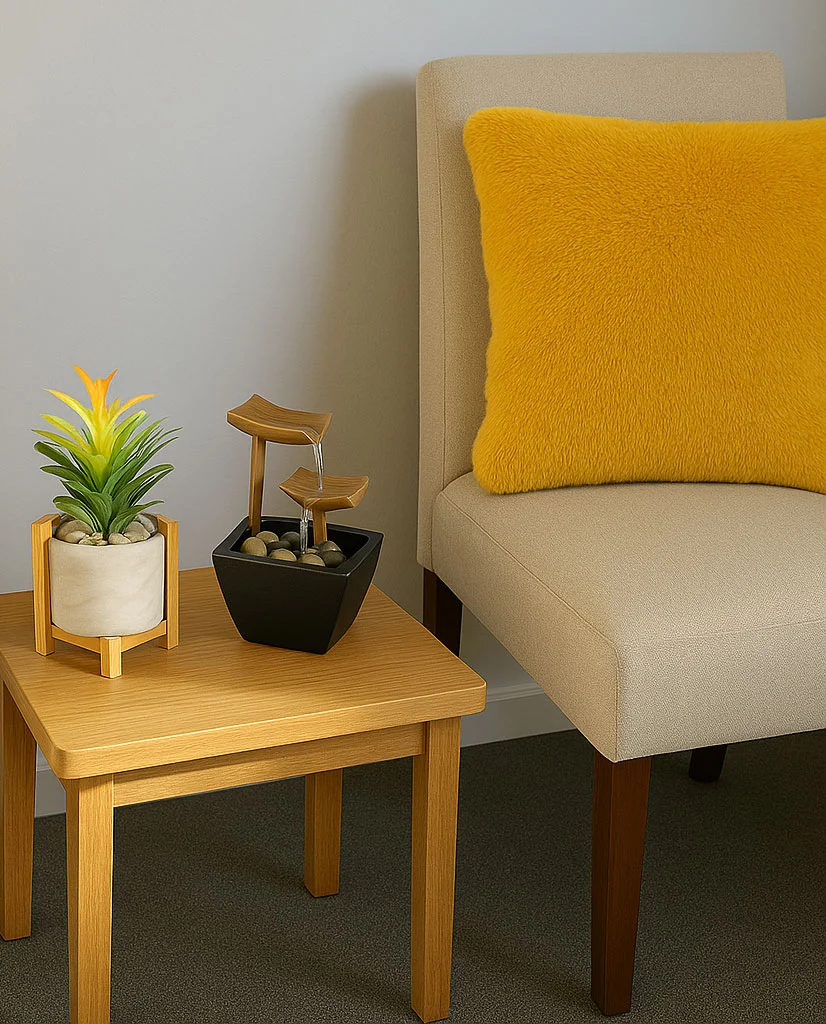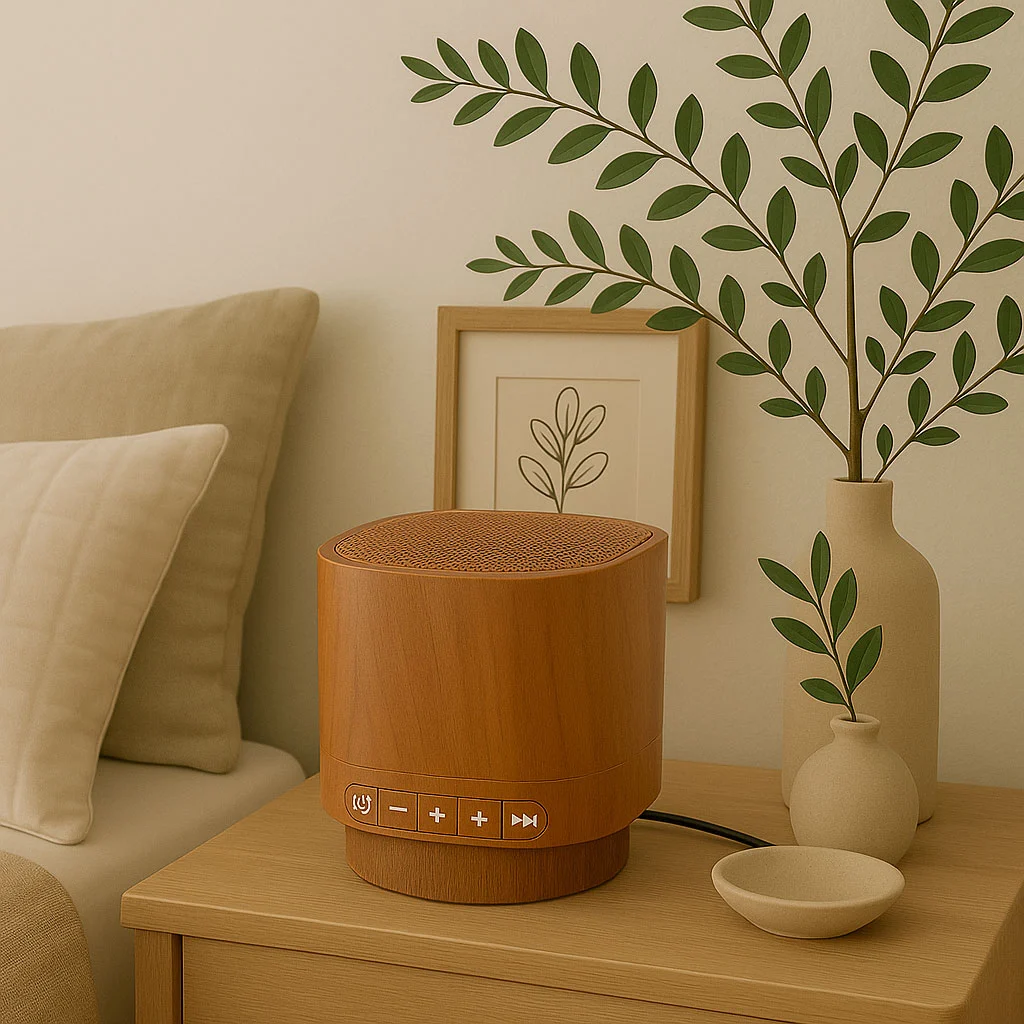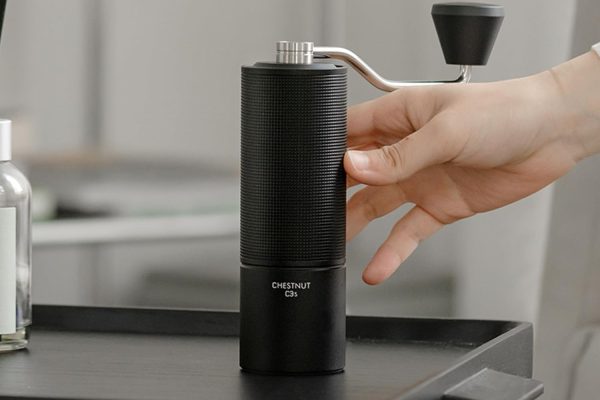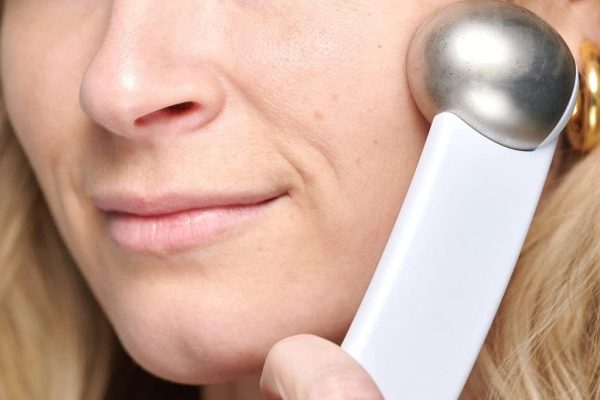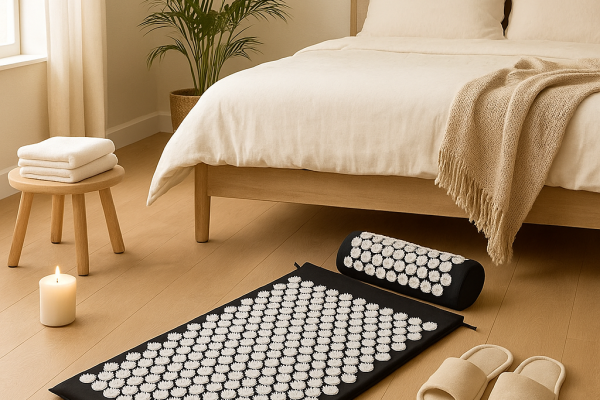Introduction: The Importance of Nature for Mental Health
In our fast-paced modern world, mental health challenges are increasingly common. While clinical interventions remain vital, modifying our immediate environment can provide significant support for our well-being. Research consistently highlights the profound positive impacts of nature exposure on mental health.
With most people spending the majority of their time indoors, particularly in urban areas, finding ways to bring nature’s benefits into our homes is crucial. This need became even more apparent during the COVID-19 pandemic, which highlighted how vital our connection with nature is for managing stress, anxiety, and disruption.
This article explores how to create therapeutic natural views and scenes at home to support mental recovery and overall well-being.
The Science Behind Nature’s Therapeutic Effects
Scientific research shows that spending time in natural environments offers substantial benefits for both physical and mental health. These include improved cognitive functioning, better brain activity, lower blood pressure, enhanced physical health, improved sleep quality, and reduced mental health symptoms.
Studies indicate that nature exposure can decrease tension, anxiety, depression symptoms, anger, hostility, fatigue, and confusion. Remarkably, even brief encounters with nature—as little as 10 minutes of sitting or walking in natural settings—can lead to significant improvements in psychological and physiological markers of well-being.
Neuroscience research has found that a 90-minute walk in a natural area can decrease activity in the subgenual prefrontal cortex, a brain region active during rumination—negative thought patterns linked to depression.
The consistent findings across various research methodologies provide compelling evidence for a robust relationship between nature exposure and mental health benefits. Furthermore, research suggests that while small amounts of nature exposure can be beneficial, accumulating at least 120 minutes weekly may be associated with more significant improvements in health and well-being.
Understanding Our Innate Connection: The Biophilia Hypothesis
The biophilia hypothesis proposes that humans possess an intrinsic, evolutionarily shaped tendency to seek connections with nature and other forms of life. This inherent attraction to nature has roots in our evolutionary history, during which close interaction with the natural environment was essential for survival.
Psychoanalyst Erich Fromm first introduced the concept of biophilia, defining it as “the passionate love of life and of all that is alive.” Biologist Edward O. Wilson later popularized the hypothesis, arguing for an innate human tendency to focus on life and life-like processes.
This deeply rooted connection to nature significantly impacts our psychological and emotional well-being. Exposure to natural elements has been consistently linked to stress reduction, lower blood pressure, and enhanced overall well-being.
Building on the biophilia hypothesis, biophilic design integrates natural materials, light, water features, and plants into built environments to enhance occupant well-being. This approach recognizes our inherent need to connect with nature and creates spaces that resonate with our fundamental relationship with the living world.
Richard Louv’s concept of “nature-deficit disorder” suggests that increasing separation from nature in modern societies may contribute to health issues like obesity, attention disorders, and depression. This underscores the importance of finding ways to restore our connection with nature, whether through outdoor experiences or by bringing nature into our indoor environments.
Types of Natural Environments and Their Benefits
Different natural environments provide unique therapeutic benefits. Understanding these can help you choose which elements to incorporate into your home.
Forest Environments
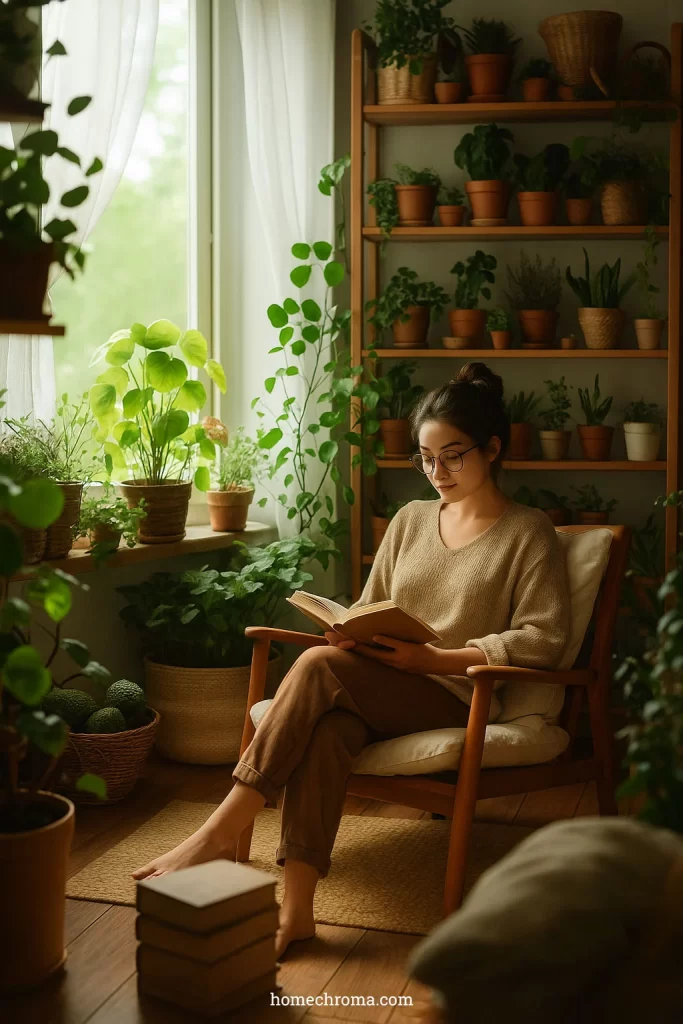
Forest environments, or “forest bathing” (shinrin-yoku), offer numerous benefits:
- Boost immune system through phytoncide inhalation
- Lower blood pressure and heart rate
- Reduce stress hormones like cortisol
- Improve mood by decreasing anxiety and depression
- Increase focus and concentration
- Accelerate recovery from illness
- Improve sleep quality
To create a forest-like environment at home:
- Incorporate various lush, green plants with different textures
- Use natural wood elements in furniture and decor
- Play ambient forest sounds like birdsong or rustling leaves
- Use green color palettes and create dappled lighting effects
Ocean Environments

Ocean or “blue spaces” are linked to:
- Stress reduction through calming wave sounds
- Promotion of mental clarity and emotional balance
- Improved vitamin D levels through sunlight exposure
- Better sleep quality through consistent wave sounds
To create an ocean-inspired space:
- Use color schemes with blues and sandy beige
- Incorporate water features like small fountains or aquariums
- Display seashells, driftwood, and ocean-themed artwork
- Play recordings of ocean sounds
Garden Environments
Light Calas Forest Mural Wallpaper [click to view…]
Garden environments provide:
- Anxiety and stress reduction
- Attention deficit recovery
- Decreased depression symptoms
- Enhanced memory and cognitive function
- Improved happiness and life satisfaction
- Increased creativity and productivity
- Enhanced self-esteem
To bring garden elements indoors:
- Engage in indoor gardening with herbs, vegetables, or flowering plants
- Use floral patterns in textiles and wall coverings
- Incorporate natural elements like smooth stones and terracotta pots
- Maximize natural light for plants and ambiance
Mountain Environments
Holy Mountain Mural Wallpaper [click to view…]
Mountain settings are associated with:
- Improved mood and reduced stress
- Enhanced cognitive function and creativity
- Potential lowering of blood pressure
- Better sleep quality
- Sense of calm and inner peace
To create a mountain atmosphere:
- Use cool color palettes with blues, whites, and grays
- Incorporate natural stone and wood textures
- Display landscape photography featuring mountain vistas
- Use aromatherapy with pine or cedar essential oils
Practical Strategies for Creating Therapeutic Natural Views
Indoor Plants
Indoor plants enhance therapeutic potential by:
- Improving air quality by removing pollutants and increasing oxygen
- Reducing psychological stress (anxiety, worry) and physiological stress (heart rate, blood pressure)
- Enhancing focus, concentration, and overall well-being
- Decreasing symptoms of depression and anxiety disorders
Creative ways to incorporate plants:
- Create terrariums (miniature self-sustaining ecosystems)
- Install vertical gardens to maximize space
- Regrow vegetables from kitchen scraps
Water Features
Tabletop Water Fountain [click to view…]
Water features provide:
- Soothing effects through gentle rhythmic sounds
- Stress and anxiety reduction
- Promotion of relaxation and tranquility
Options include:
- Small tabletop fountains for desks or shelves
- Wall-mounted features
- Freestanding water elements
- Virtual representations through videos or recordings
Natural Light
Natural light is crucial for:
- Regulating circadian rhythms (sleep-wake cycles)
- Maintaining stable mood and reducing stress
- Enhancing cognitive performance
- Improving sleep quality
- Reducing depression and anxiety symptoms
To maximize natural light:
- Use large windows and glass doors
- Install skylights
- Place mirrors strategically to reflect light
- Choose light-colored paints and decor
- View morning sunlight within the first hour of waking
Nature Sounds
Magicteam Sound Machines [click to view…]
Nature sounds effectively:
- Promote relaxation
- Improve concentration and focus
- Aid in achieving better sleep
Sources include:
- Mobile applications
- Online platforms with high-quality recordings
- Sound machines specifically designed for nature sounds
Research suggests nature sounds may be more effective than relaxing music for some individuals, possibly due to our evolutionary connection to these sounds.
Natural Scents and Aromatherapy
Essential oils derived from plants can:
- Influence mood positively
- Promote relaxation and well-being
- Reduce anxiety (lavender, chamomile, sandalwood)
- Boost mood (citrus scents like lemon and orange)
Aromatherapy provides a powerful olfactory connection to nature, with direct pathways to the brain’s limbic system (responsible for emotions and memories).
Therapeutic Home Decor Inspired by Nature

Beyond direct natural elements, overall decor can create a therapeutic atmosphere:
- Use calming color palettes inspired by nature: soft greens, tranquil blues, warm earthy tones
- Choose furniture and decorative items made from natural materials: wood, stone, bamboo, natural fibers
- Incorporate soft textiles: plush cushions, cozy throws, comfortable rugs
- Ensure comfortable, supportive seating options
- Use warm, diffused lighting rather than harsh overhead lights
- Display nature-themed artwork alongside personal mementos
- Create a designated “nature nook” for meditation and mindfulness
A holistic approach to designing an environment that promotes calmness, comfort, and well-being complements natural views and scenes. The overall ambiance significantly influences mental and emotional states, creating a foundation of tranquility that amplifies the positive effects of natural elements.
Conclusion
Creating therapeutic natural views and scenes at home represents a promising strategy for promoting mental recovery and enhancing overall well-being. By understanding the scientific evidence supporting nature’s positive impact on mental health and embracing biophilic design principles, you can make informed choices about incorporating natural elements into your living spaces.
A thoughtful approach combining indoor plants, water features, natural light, nature sounds, aromatherapy, and visual representations of nature can contribute to a more tranquil, restorative, and mentally supportive home environment.
While the benefits of indoor nature are significant and accessible, remember that these strategies complement rather than replace the profound benefits of direct engagement with the natural world outdoors for comprehensive mental health and sustained well-being.
Dora Decora is a biophilic interior design specialist and passionate blogger. With a deep commitment to integrating nature into living spaces, Dora specializes in creating environments that foster human-nature connections through thoughtful design elements. Her approach emphasizes sustainable materials, natural lighting, and organic patterns that enhance wellbeing and reduce environmental impact.
This post (https://homechroma.com/the-most-therapeutic-natural-views-scenes-you-can-create-at-home-for-mental-recovery) was originally published by Dora Decora on Home Chroma. As an Amazon Associates partner, we are compensated for all qualifying purchases.


